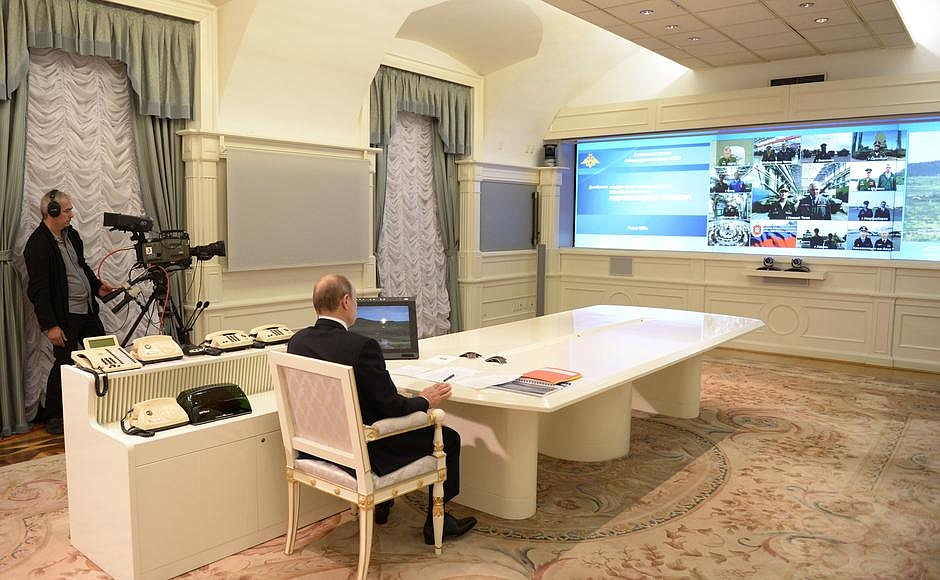Austin wrote:I wonder how devaluation of Rouble affected the armament program , when rouble was 34 to a dollar the 20 trillion spending was around 650 Billion USD.
Today the rouble at 60 its around half of that value and inflation too is much higher.
So how does it affect the purchase and spending ?
60 Rub to USD isn't half first off (of what it was. 35rub/USD would make 70rub/usd half). Second, inflation is at 0% so far these last months.
As well, a huge portion of tech has been import substituted or found a cheaper alternative source (mostly China, South Korea, etc compared to USA, France, Germany). So the devaluation but finding much cheaper source balanced it out. Thirdly, since production is done by state run companies, costs of military goods for Russia is significantly less. It was estimated that Su-3S for example may cost Russia in the $30+M range per aircraft, which is a lot cheaper than estimated export cost.
As well, costs of the goods are in Roubles, so like NationalRus said, only parts that gets imported. Domestic ones don't change or barely changes at all. Major issue is cost of labour, and that still isn't a problem for Russia.
NationalRus wrote: Austin wrote:I wonder how devaluation of Rouble affected the armament program , when rouble was 34 to a dollar the 20 trillion spending was around 650 Billion USD.
Today the rouble at 60 its around half of that value and inflation too is much higher.
So how does it affect the purchase and spending ?
badly but it is managable so long nothing gets importet from the producing companies, as soon as a factory needs to import somthing the price will skyrocket under such a inflated rubel
Are you sure it affects it badly? Because we are not seeing it so far. Orders are still huge, import substitution is now a thing, and they have increased drastically the modernization of the armed forces.
____________________________________________________________
I suggest some people here start to familiarize themselves with concepts of GDP Nominal, GDP Purchasing Power Parity, and things like exchange rates.
https://en.wikipedia.org/wiki/Purchasing_power_parity
Important quote:
For example, suppose that two countries produce the same physical amounts of goods as each other in each of two different years. Since market exchange rates fluctuate substantially, when the GDP of one country measured in its own currency is converted to the other country's currency using market exchange rates, one country might be inferred to have higher real GDP than the other country in one year but lower in the other; both of these inferences would fail to reflect the reality of their relative levels of production. But if one country's GDP is converted into the other country's currency using PPP exchange rates instead of observed market exchange rates, the false inference will not occur.
and
For example, if the value of the Mexican peso falls by half compared to the US dollar, the Mexican Gross Domestic Product measured in dollars will also halve. However, this exchange rate results from international trade and financial markets. It does not necessarily mean that Mexicans are poorer by a half; if incomes and prices measured in pesos stay the same, they will be no worse off assuming that imported goods are not essential to the quality of life of individuals. Measuring income in different countries using PPP exchange rates helps to avoid this problem.
Effectively, if Russia is successful for even half or a tad more in import substitution, they can drop costs significantly. Probably to more than what they were when Rouble was 35Rubs/USD.


 franco
franco



